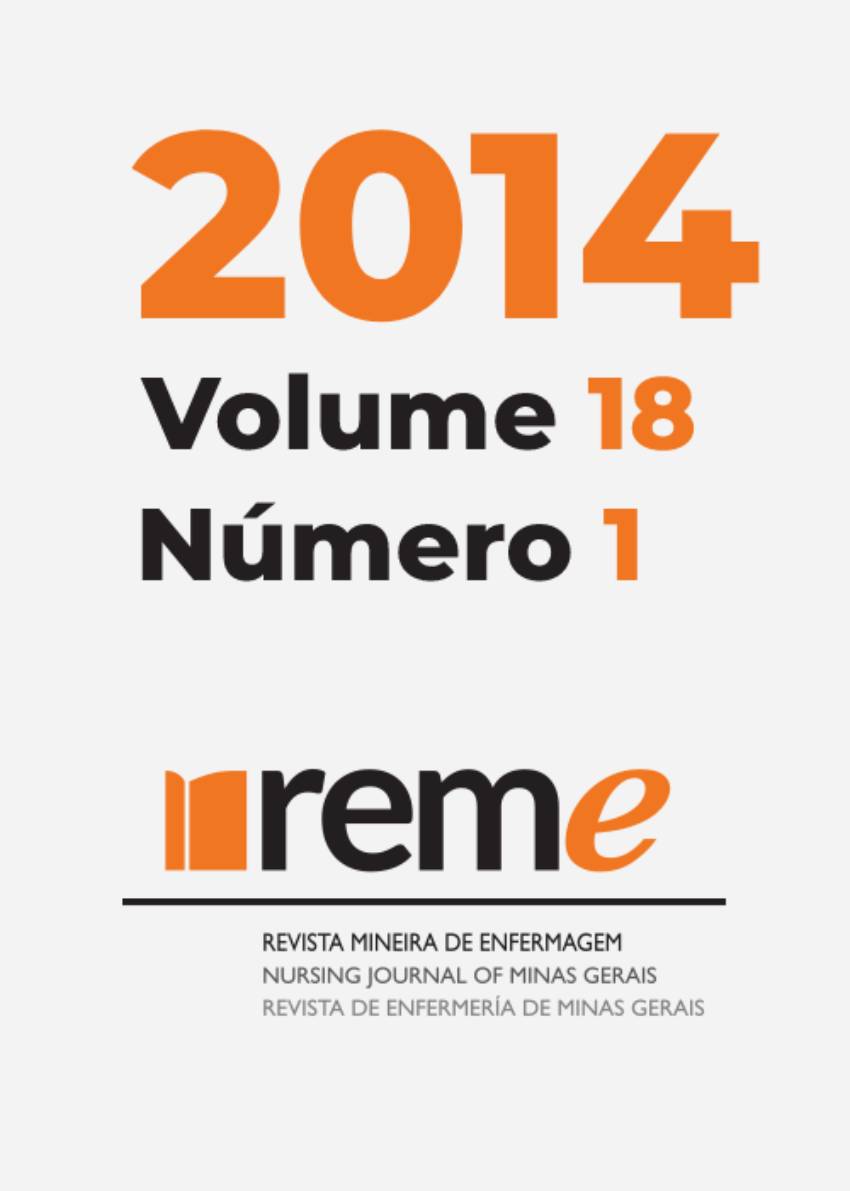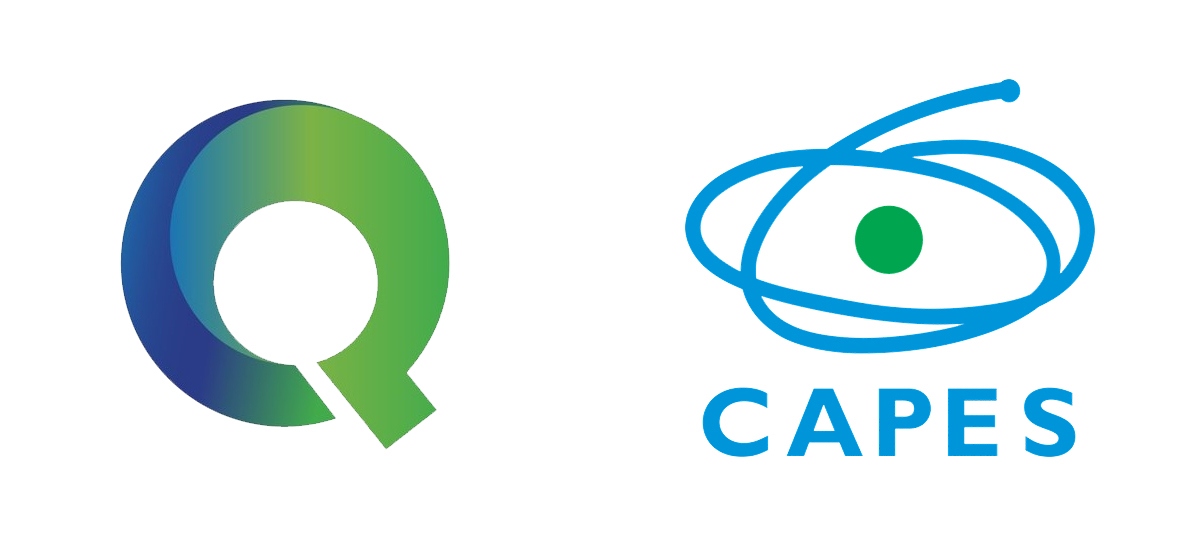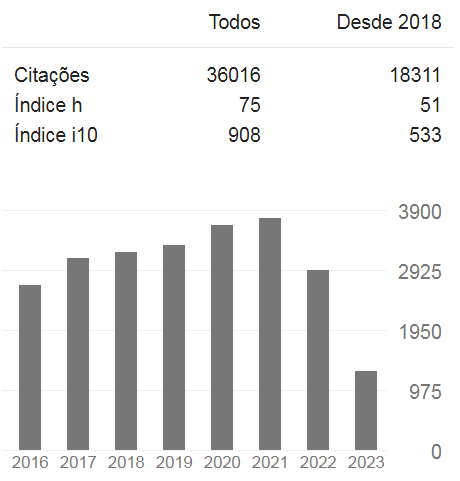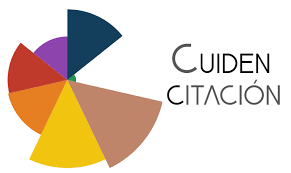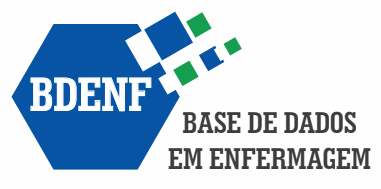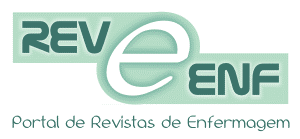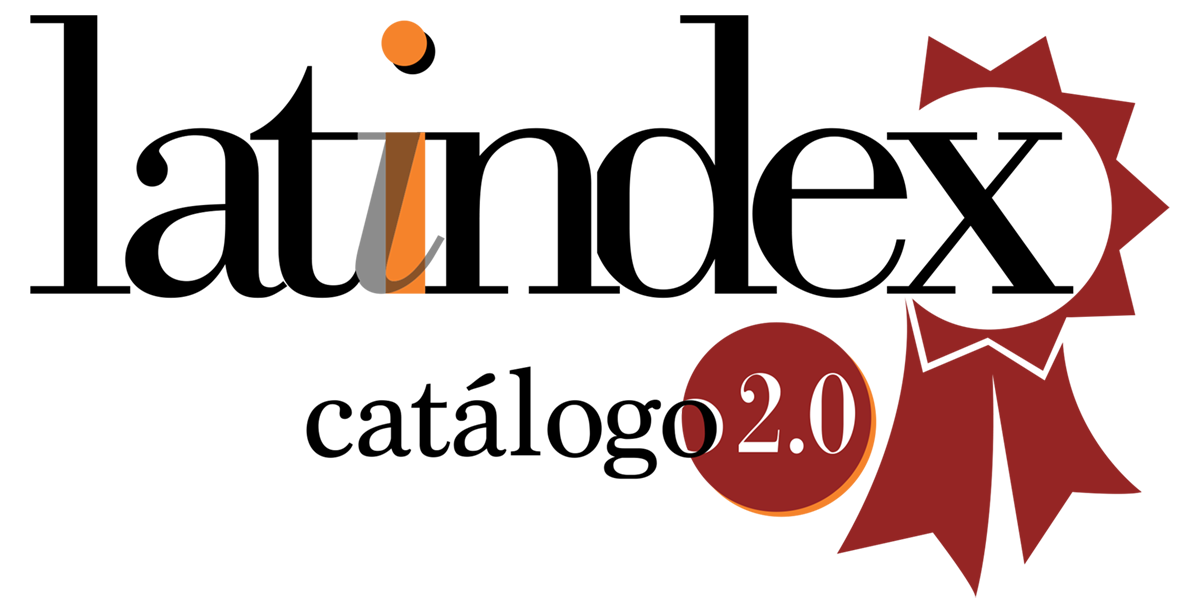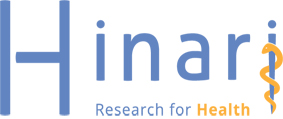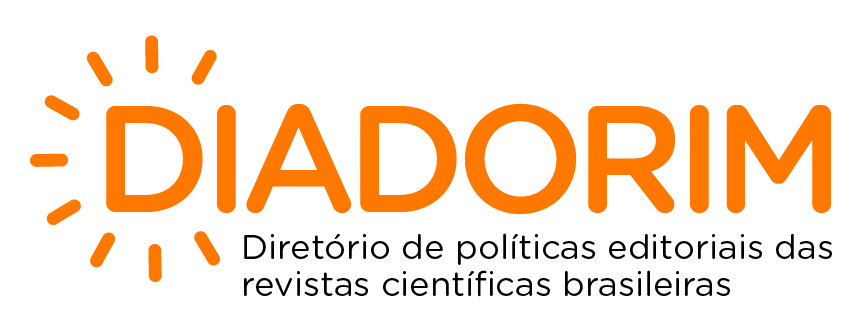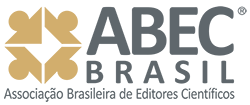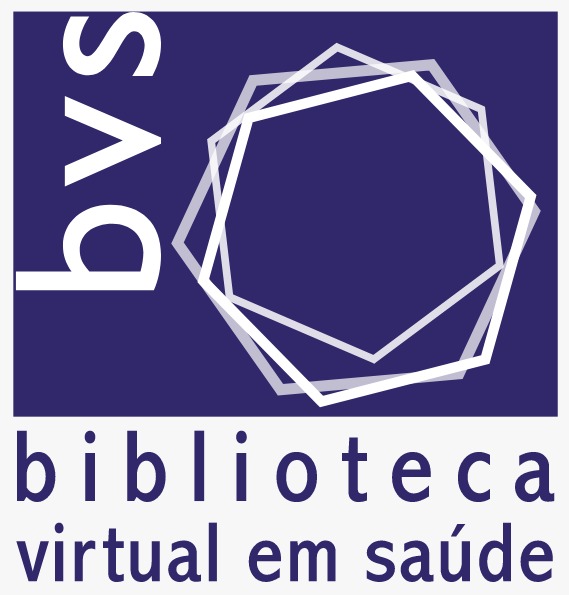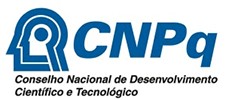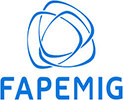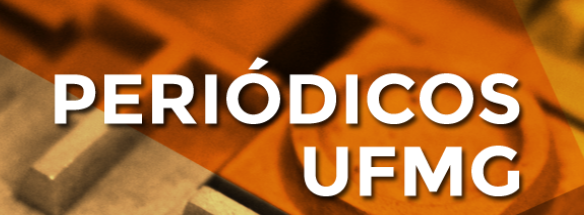Association between persistent nipple lesions and breastfeeding conditions
DOI:
https://doi.org/10.35699/reme.v18i1.50175Keywords:
Breastfeeding, Newborn, Nipples, InjuriesAbstract
The objective of this study was to verify associations between the persistence of nipple lesions in puerperae and breastfeeding conditions. The data were collected in the Rooming-in sector at the HU-USP and a post-partum nursing consultation. Sixty puerperae presenting nipple lesions during hospitalization were included in the study. A total of 73.3% had healed-scared nipples and 26.7% some type of lesion. The average healing time was 5.6 days. A significant association was observed between the persistence of nipple lesions, inadequate suction patterns, and nipple pain. It was concluded that the first post-partum week is critical, and assistance to puerperae is needed. The association between inadequate suction patterns and nipple lesion persistence underscores the importance of breastfeeding assistance.Downloads
References
Organización Mundial de la Salud. Estrategiamundial para laalimentacióndel
lactante y del niño pequeño. Genebra: OMS; 2003.
Bettiol H, Freitas MHS, Pereira MJB, Barbieri MA, Silva AAM. Determinantes
sociais do aleitamento materno. Rev Med HCFMRP-USP e CARL. 1988;
(1/2):43-50.
Martins Filho J. Obstáculos à amamentação. In: Neme B. Obstetrícia básica. 2.
ed. São Paulo: Sarvier; 2000. p. 245-50.
Mass S. Breast pain: engorgement, nipple pain and mastitis. Clin Obstet
Gynecol. 2004; 47(3):676-82.
Pelá NTR. O aleitamento materno do recém-nascido: fatores mamários
condicionantes. Bol Oficina Sanit Panam. 1983; 94(2):133-41.
Righard L. Are breastfeeding problems related to incorrect breastfeeding
technique and the use of pacifiers and bottles? Birth. 1998; 25(1):40-4.
Righard L, Alade MO. Breastfeeding and the use of pacifiers. Birth.1997;
(2):116-20.
Woolridge MW. A etiology of sore nipples. Midwifery. 1986; 2(4):172-6.
Faltin Júnior K, Machado CR, Ramanzzini WA, Santana VP, Parenti Filho C,
Kessner C. A importância da amamentação natural no desenvolvimento da
face. Rev Inst Odont Paul.1983; 1(1):13-5.
Martins Filho J. Como e porque amamentar. São Paulo: Sarvier; 1984.
Tait P. Nipple pain in breastfeeding women: causes, treatment, and prevention
strategies. J Midwifery Womens Health. 2000; 45(3):212-5.
Vinha VHP. Amamentação materna – incentivos e cuidados. 2ª ed. São Paulo:
Sarvier; 1983.
Unicef. Breastfeeding management and promotion in a baby-friendly
hospital: an 18-hour course for maternity staff. New York: Unicef; 1993.
Berquó ES, Souza JMP, Gotlieb SLD. Bioestatística. São Paulo: EPU; 1980.
Vinha VHP, Nantes MGD, Paula GA, Scochi CGS, Shimo AKK, Pelá NTR.
Tipos de mamilos em puérperas. Femina.1986; 14(8):692-5.
Shimo AKK, Vinha VHP, Ferreira DLB. Mama puerperal: uma proposta de
cuidados. Femina. 1985; 13(2):159-64.
Vinha VHP, Pelá NTR, Shimo AKK, Scochi CGS. Trauma mamilar – proposta
de tratamento. Femina.1987; 15(5):370-8.
Vinha VHP. O livro da amamentação. São Paulo: CLR Balieiro; 1999.
Motter AA, Ferreira CA, Schaffer G, Wengerkiewicz JC, Rosa LC, Tamaki J.
Prevenção de fissura de mamilo e estímulo amamentação. Fisioter Mov.
; 5(1):61-70.
Giugliani ERJ. Problemas comuns na lactação e seu manejo. J Pediatr (Rio J).
; 80(5):147-54.
Silva IA. Amamentar: uma questão de assumir riscos ou garantir benefícios.
São Paulo: Robe; 1997.
Shimoda GT, Silva IA, Santos JLF. Características, frequência e fatores na
ocorrência de lesão de mamilos em nutrizes. Rev Bras Enferm. 2005; 58(5):
-34.
Gaidzinski RR, Soares AVN, Lima AFC, Gutierrez BAO, Cruz DALM.
Diagnóstico de enfermagem na prática clínica. Porto Alegre: Artmed; 2008.
Published
How to Cite
Issue
Section
License
Copyright (c) 2014 Reme: Revista Mineira de Enfermagem

This work is licensed under a Creative Commons Attribution 4.0 International License.

